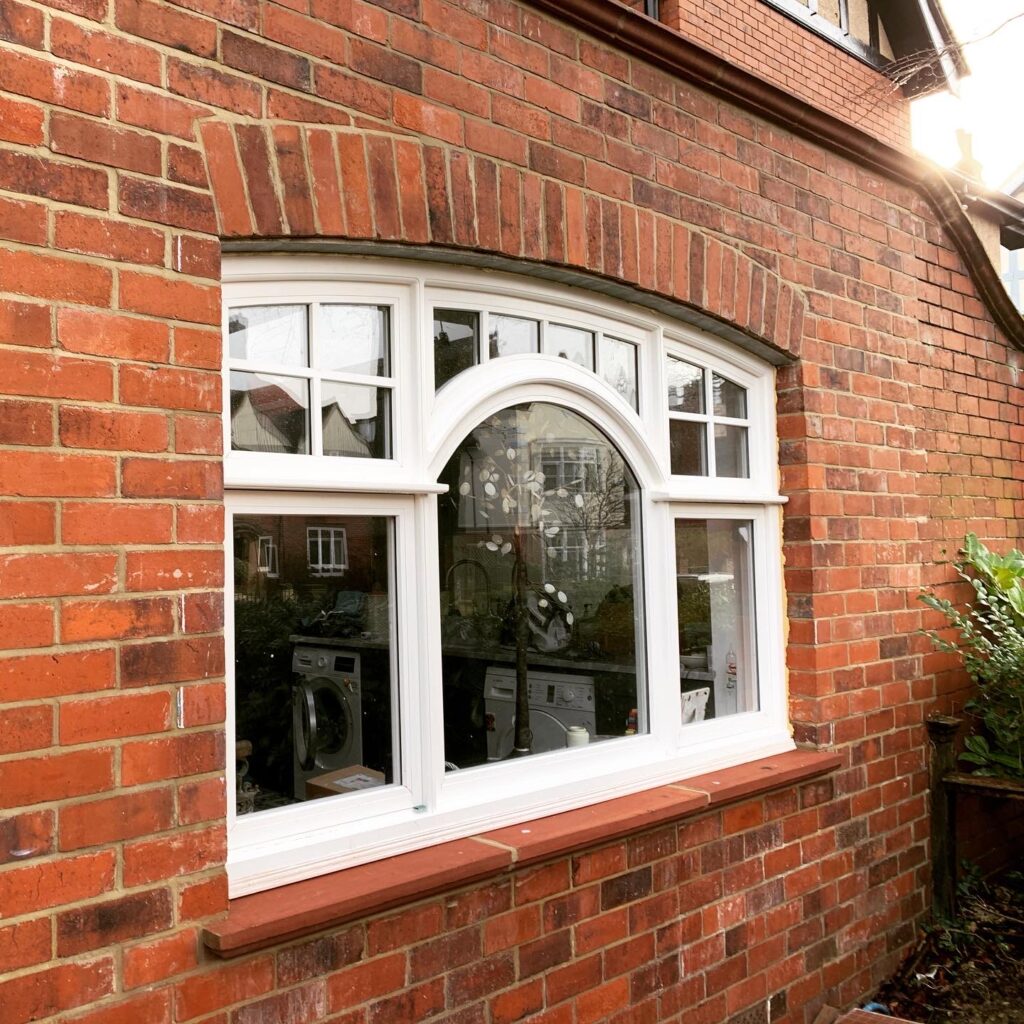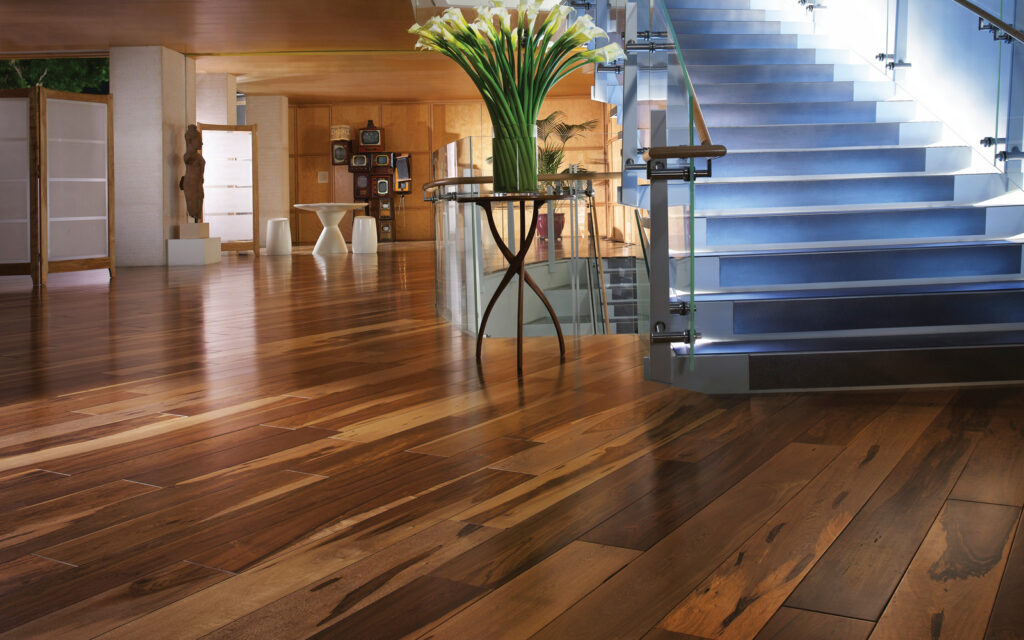Find the Perfect Wood Stain for Your Project
- admin
- January 19, 2023
- 5:25 pm
- No Comments
There are many different types of wood stains available on the market, each with its own unique properties and characteristics. Choosing the right wood stain for a particular project can be a daunting task, as there are so many factors to consider, including the type of wood being used, the desired color and finish, and the level of protection and durability needed. In this article, we will provide an overview of the different types of wood stains, including oil-based stains, water-based stains, gel stains, nondrying oils, and dye stains. We will discuss the pros and cons of each type of stain and provide examples of popular products in each category.
By the end of this article, you will have a better understanding of the different wood stains available and be able to make an informed decision about which one is best for your project.
Oil-based stains are a type of wood finish that penetrates the wood deeply, providing excellent color and protection. They are made from a mixture of pigment, solvent, and drying oil, and they are typically applied with a brush or cloth. Oil-based stains are known for their durability and resistance to water and UV light, making them a good choice for outdoor projects or surfaces that will be subjected to heavy use. They also tend to have a more natural, traditional look and feel compared to other types of finishes.
Some examples of popular oil-based stains include Minwax Wood Finish and Varathane Premium Wood Stain. Both of these products are widely available at home improvement stores and offer a wide range of colors to choose from. They are easy to apply and can be used on a variety of woods, including oak, maple, and cherry.
One of the main drawbacks of using oil-based stains is that they can be difficult to work with. They take longer to dry than water-based stains and emit strong odors during the drying process. They also require mineral spirits or paint thinner for clean-up, which can be harmful to the environment. In addition, oil-based stains contain volatile organic compounds (VOCs), which can be harmful to the environment and to people who are sensitive to strong odors.
Overall, oil-based stains are a good choice for those who are looking for a durable, long-lasting finish that provides excellent color and protection. However, they may not be the best choice for those who are looking for a more environmentally-friendly option or who are sensitive to strong odors.
Water-based stains are a type of wood finish that is made from a mixture of pigment, water, and a binder. They are applied with a brush or cloth and are known for their fast drying time and low level of volatile organic compounds (VOCs). Water-based stains are easy to clean up with just soap and water, making them a more environmentally-friendly option compared to oil-based stains.
Some examples of popular water-based stains include Sherwin-Williams WoodScapes and Behr Premium Plus Ultra Interior/Exterior Wood Stain. Both of these products are widely available at home improvement stores and offer a wide range of colors to choose from. They can be used on a variety of woods, including oak, maple, and cherry.
One of the main drawbacks of using water-based stains is that they may not penetrate the wood as deeply as oil-based stains. This can result in a less durable finish that is more prone to chipping and peeling. Water-based stains also tend to have a more uniform, solid color compared to oil-based stains, which may not be desirable for certain projects.
Overall, water-based stains are a good choice for those who are looking for an easy-to-use, fast-drying finish that is more environmentally-friendly than oil-based stains. However, they may not be as durable or provide as much protection as oil-based stains.
Gel stains are a type of wood finish that is applied with a brush or cloth. They are a thick, heavy-bodied stain that is ideal for use on porous or uneven surfaces because they do not drip or run. Gel stains also have a longer open time, which allows for more time to work with the stain and achieve the desired color.
Some examples of popular gel stains include General Finishes Gel Stain and Rust-Oleum Transformations. Both of these products are widely available at home improvement stores and offer a wide range of colors to choose from. They can be used on a variety of woods, including oak, maple, and cherry.
One of the main benefits of using gel stains is that they are easy to apply and can help to even out the color of the wood, particularly on porous or uneven surfaces. They are also very user-friendly, as they do not drip or run and can be applied with a brush or cloth. However, gel stains may not be as durable as oil or water-based stains, and they may not provide as much protection against water and wear. They are best suited for decorative projects or for adding color to furniture and other decorative items.
Overall, gel stains are a good choice for those who are looking for an easy-to-use, user-friendly finish that is ideal for porous or uneven surfaces. However, they may not be as durable or provide as much protection as other types of stains.
Nondrying oils, such as linseed oil and tung oil, are a type of wood finish that penetrates the wood deeply and provides a natural, lustrous finish. They are made from oil that comes from plants or nuts, and they are typically applied with a cloth or brush. Nondrying oils are easy to apply and maintain, and they do not form a hard film on the surface of the wood like other types of finishes. This allows the wood to expand and contract with changes in humidity, reducing the risk of cracking or peeling.
Linseed oil is made from flax seeds and has been used as a wood finish for centuries. It is relatively inexpensive and easy to find, but it can take a long time to dry and may yellow over time. Tung oil, on the other hand, is made from the nuts of the tung tree and is more expensive than linseed oil. It dries faster and does not yellow as much, but it may be more difficult to find.
One of the main benefits of using nondrying oils as a wood finish is that they are natural and eco-friendly. They do not contain any synthetic chemicals or solvents, and they are biodegradable. They are also easy to touch up and maintain, as they can be easily reapplied to the surface of the wood without sanding or stripping. However, they may not be as durable as other types of finishes, and they may not provide as much protection against water and wear. They are best suited for natural wood surfaces that will not be subjected to heavy use or exposure to water.
Dye stains are a type of wood finish that is highly concentrated and water-soluble. They are used to add color to wood without obscuring the grain, and they can be mixed together to create a wide range of colors. Dye stains are typically applied with a brush or cloth and are easy to apply and control.
Some examples of popular dye stains include General Finishes Water Based Dye and Woodoc Dye. Both of these products are widely available at home improvement stores and offer a wide range of colors to choose from. They can be used on a variety of woods, including oak, maple, and cherry.
One of the main benefits of using dye stains is that they are very transparent, allowing the natural grain of the wood to show through. This makes them a good choice for projects where the natural grain of the wood is the main focus. They are also very easy to control and can be mixed together to create a wide range of colors. However, dye stains may not provide as much protection as other types of stains, and they may not be as durable. They are best suited for projects where the natural grain of the wood is the main focus or for achieving very specific colors that may not be available with other types of stains.
Overall, dye stains are a good choice for those who are looking to add color to wood without obscuring the grain. However, they may not provide as much protection or be as durable as other types of stains.
In conclusion, there are many different types of wood stains available, each with its own unique properties and characteristics. Oil-based stains provide excellent color and protection, but can be difficult to work with and emit strong odors during the drying process. Water-based stains are easier to work with and have a lower level of volatile organic compounds (VOCs), but may not be as durable as oil-based stains. Gel stains are ideal for use on porous or uneven surfaces, but may not be as durable as other types of stains. Nondrying oils provide a natural, lustrous finish, but may not be as durable as other types of stains. Dye stains are highly concentrated and water-soluble, and can be mixed together to create a wide range of colors, but may not provide as much protection as other types of stains. Ultimately, the best wood stain for a particular project will depend on the type of wood being used, the desired color and finish, and the level of protection and durability needed. It is always a good idea to test the stain on a small, inconspicuous area of the wood to ensure that you are happy with the color and finish before applying it to the entire project.

Matt Sarmadi is an international trained Architect with a passion for carpentry. While he has spent the majority of his career working on commercial building restoration, he has always had a love for working with wood. In this blog, he shares his knowledge and experience with carpentry, including tips and techniques, and the latest tools and material. He is the owner of Renofield Inc.






We believe that it is important to protect the environment and preserve the unique character of our communities.
Copyright © 2022 For RENOFIELD. All Rights Reserved.

Copyright © 2022 For RENOFIELD. All Rights Reserved.